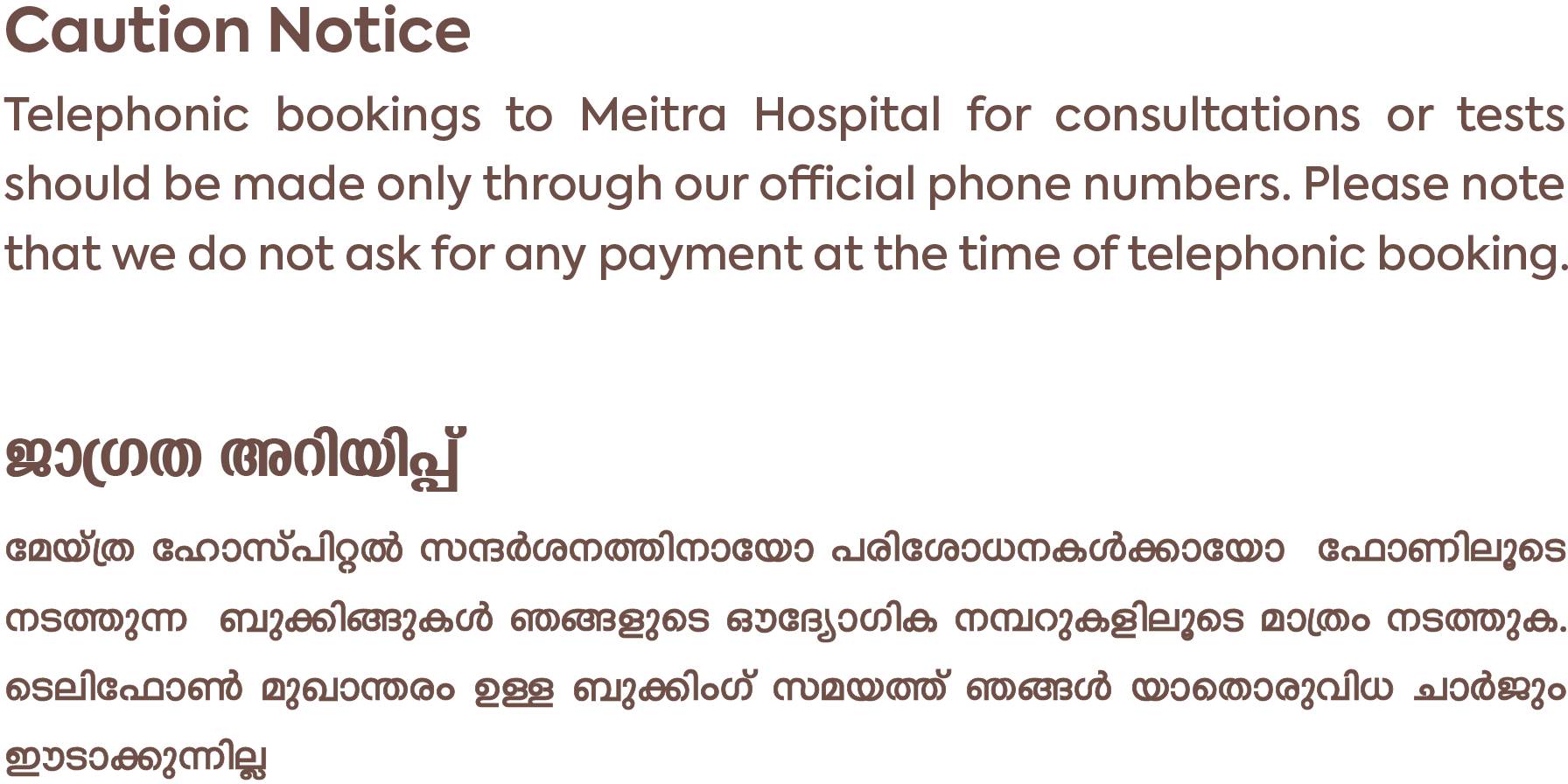- Our Doctors
- Our Specialities
Centres of Excellence
-
 Centre for Blood Diseases, BMT & Cancer Immunotherapy
Centre for Blood Diseases, BMT & Cancer Immunotherapy -
 Centre for Bone, Joint & Spine
Centre for Bone, Joint & Spine -
 Centre for Critical Care Medicine and ECMO Services
Centre for Critical Care Medicine and ECMO Services -
 Centre for Gastrosciences
Centre for Gastrosciences -
 Centre for Heart & Vascular Care
Centre for Heart & Vascular Care -
 Centre for Nephro-Urosciences
Centre for Nephro-Urosciences -
 Centre for Neurosciences
Centre for Neurosciences -
 Centre for Obstetrics and Gynaecology
Centre for Obstetrics and Gynaecology -
 Centre for Organ Transplantation
Centre for Organ Transplantation
Super Speciality
-
 Advanced Diagnostic and Interventional Radiology
Advanced Diagnostic and Interventional Radiology -
 Anesthesiology & Pain Management
Anesthesiology & Pain Management -
 Clinical Nutrition and Dietetics
Clinical Nutrition and Dietetics -
 Dental and Maxillofacial Surgery
Dental and Maxillofacial Surgery -
 Dermatology
Dermatology -
 Emergency and Trauma
Emergency and Trauma -
 Endocrinology and Metabolic Disease
Endocrinology and Metabolic Disease -
 ENT and Head & Neck Surgery
ENT and Head & Neck Surgery -
 Family Medicine
Family Medicine -
 General and Laparoscopic Surgery
General and Laparoscopic Surgery -
 General Medicine
General Medicine -
 Laboratory Medicine
Laboratory Medicine
-
- Key Procedures
- Our Hospitals
- International Patient
- Contact us
-
Quick Links


Laparoscopic Cancer Surgery
A minimally invasive surgical approach to cancer located in the urinary system, mainly in the kidney, bladder, or prostate is performed using a specialized instrument known as a laparoscope.
How and why is it done?
- Laparoscopic nephrectomy: Special long instruments are inserted through the incisions, each of which is about 1/2-inch (1.27cm) long, to remove the kidney. One of the instruments, the laparoscope, is a long tube with a small video camera on the end. This lets the surgeon see inside the abdomen.
- Laparoscopic cystectomy and partial cystectomy is a minimally invasive approach to bladder cancer. The standard approach for people with muscle-invasive bladder cancer is to remove the entire bladder (radical cystectomy).
- Laparoscopic radical prostatectomy is a minimally invasive surgical procedure used to remove a patient's cancerous prostate. Laparoscopic surgery differs from traditional open surgery by making five small incisions as opposed to one large one to perform the surgery.
Kidney Health Awareness | Meitra Hospital
Meet Our Doctors
Experienced Medical professionals for a superior patient experience.
Frequently Asked Questions
Can a tumour be removed with laparoscopic surgery?
Tumour removal generally requires a larger incision or cut, than a biopsy. Sometimes, there are less invasive surgical options for tumour removal, like laparoscopic surgery or robotic surgery. These use small instruments and incisions. With a less invasive surgery, you usually have less pain and recover faster.
How long is laparoscopic surgery?
When laparoscopy is used to diagnose a condition, the procedure usually takes 30-60 minutes. It will take longer if the surgeon is treating a condition, depending on the type of surgery being carried out.
Is laparoscopic surgery painful?
Laparoscopy is carried out under general anaesthetic, so you won't feel any pain during the procedure. During laparoscopy, the surgeon makes one or more small incisions in the abdomen. These allow the surgeon to insert the laparoscope, small surgical tools, and a tube used to pump gas into the abdomen.

 +91 9393 108 108
+91 9393 108 108

















































